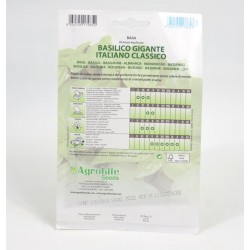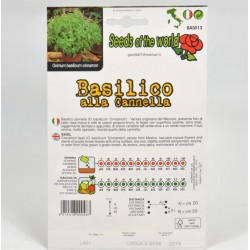10 Wonderful Pomegranate Plants Vase 18cm, H.120cm
Generality:
The Wonderful Pomegranate is the best known variety on the market, with an intense ruby red color and semi-hard seeds. Sweet and very tasty both to be consumed fresh and to obtain a juice, the Wonderful pomegranate is "late": it is available from the end of October until the end of March. This strain has a lifespan of 1-2 months, making it the longest-lived on the market. Its dose of acidity gives it that particularly good flavor that distinguishes it, but it is not only good: it is really good, from the antioxidant activity against free radicals to the ability to help the muscles restore their functionality.
- Vase 18cm, Height 120 / 130cm
Generality:
The Wonderful Pomegranate is the best known variety on the market, with an intense ruby red color and semi-hard seeds. Sweet and very tasty both to be consumed fresh and to obtain a juice, the Wonderful pomegranate is "late": it is available from the end of October until the end of March. This strain has a lifespan of 1-2 months, making it the longest-lived on the market. Its dose of acidity gives it that particularly good flavor that distinguishes it, but it is not only good: it is really good, from the antioxidant activity against free radicals to the ability to help the muscles to restore their functionality. , is the most cultivated in the world today, being the most suitable for intensive cultivation. It has a shrubby or bushy habit, it is very productive and constant over the years. It does not require particular characteristics of the soil, adapting even to the poorest ones. It prefers mild climates, tending to warm. Equipped with vitamins A and C, and an appreciable dose of vitamins of the B complex, it contains a good amount of potassium and other minerals, including iron, calcium, magnesium, phosphorus and, to a lesser extent, manganese and zinc. The presence in the pomegranate of tannins and polyphenols, natural antioxidants, makes it an antitumor, while the anthocyanins perform a protective action against damage from UV rays. Its regular consumption prevents atherosclerosis, helps to balance cholesterol levels, prevents cardiovascular diseases in general and fights obesity. Among its virtues, it boasts the ability to fight intestinal parasites (root peel) and bacteria (seed oil).
Cultivation and Care:
The pomegranate is a fruit plant that does not give any kind of problem from the cultural point of view; once the plant has been pruned to a shrub or sapling development, we will obtain a vigorous and healthy pomegranate, which will tolerate the summer heat, the winter cold, the typical drought of the hot months. It is planted in a very well drained soil, even stony and poor, to favor the development of the root system of a young specimen, it is advisable to work the soil thoroughly before planting it, possibly adding fresh soil and a little fertilizer natural. We undoubtedly choose a very bright and sunny position, as a pomegranate placed in the shade will produce few flowers and will tend to deteriorate irreparably over the years. Pomegranates withstand winter temperatures close to -10 ° C, even if a small plant recently planted may need the protection of a non-woven fabric in case of very intense frosts. These plants tolerate drought very well, and fear water stagnation; if we have recently planted our pomegranate, let's water it sporadically, avoiding watering if the soil is still wet, or if rainfall is abundant. The plants that have been planted for a long time tend not to need any care, except for a light pruning at the end of winter to remove any branches damaged by bad weather; in plants cultivated for fruit, it may happen that a large part of the fruit has to be removed, leaving only a few, to obtain larger berries.


















